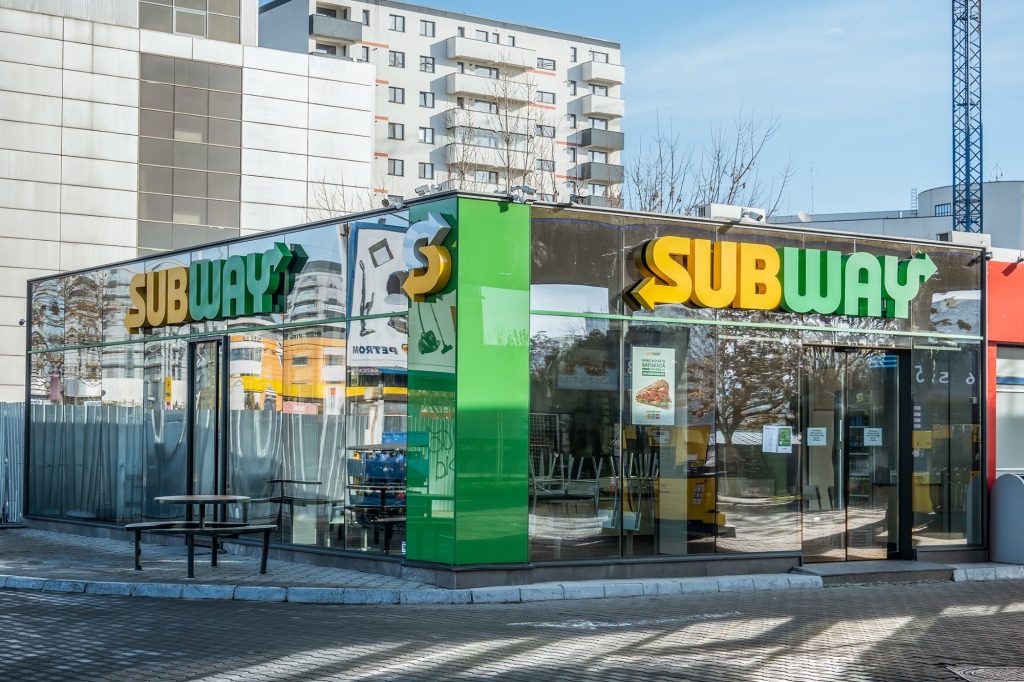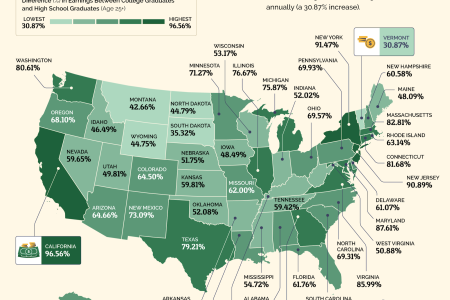If Roark Capital completes its acquisition of Subway for approximately $9.5 billion, the deal will include nearly $5 billion of debt, provided by a group of several banks working together. This will represent one of the largest whole business securitizations (WBS) ever completed. Subway has around $725 million of EBITDA to support debt payments. Roark is perhaps the foremost in franchising WBS transactions, having repeatedly returned to the market using this technique across many of its other holdings to fund expansion initiatives and dividend payouts.
Ironically, Subway’s CEO, John Chidsey, recently discussed debt in his main stage remarks at the annual Restaurant Finance and Development Conference in November 2023, which I attended. He mentioned that he was grateful for having no debt while the business was privately held because the extra cash flow could be devoted to the business, and he didn’t have to worry about debt service.
Related: Considering franchise ownership? Get started now to find your personalized list of franchises that match your lifestyle, interests and budget.
What is whole business securitization?
Whole business securitization is debt supported by operating assets, such as franchise royalties and supply chain rebates. Over the last fifteen years, there has been a massive shift toward this capital structure approach in the largest franchise brands. WBS is an efficient approach to borrowing money because the interest rates can be lower. Royalties are shifted into their own bankruptcy-remote special purpose entity. For this reason, the entity can enjoy a higher credit rating (and thus lower interest rates) compared to the parent company. In addition to being capital efficient, it makes interest payments more predictable, and there is more prepayment flexibility. The market can be tapped again and again as the business continues to grow. The debt is usually portable if there is a change in control.
For these reasons, WBS is now the preferred structure in the largest franchise systems, whether publicly traded, PE-backed, or privately held. While large restaurant franchises are the largest users of WBS, the use of WBS by non-restaurants expanded 75 percent in the last four years, nearly double the growth rate of WBS in the restaurant sector. I cited this statistic, from Guggenheim Securities, in my book, Big Money in Franchising: Scaling Your Enterprise in the Era of Private Equity.
Debt in franchising
The use of debt in franchising has backed off the higher levels previously seen when junk bonds were in vogue decades ago. The market has gotten comfortable with securitization and prefers to see equity investments approaching 50 percent – consistent with PE deals outside of franchising.
There are several implications for stakeholders, especially franchisees, in systems using the WBS approach:
- Preservation of outlet count is paramount to the franchisor. For turnaround brands like Subway, this means an aggressive bet on international expansion to offset potential closures still to come in the US.
- Expansion markets will receive investments in support and franchise development to ensure all those new units get open and ramped up.
- Unless a unit’s location is no longer viable, franchisors will generally fight closures and push for transfers instead.
- The push for transfers instead of closures in most large systems, tends to increase PE consolidators at the franchisee level. But Subway hasn’t attracted PE consolidators because of unit level economics. Only improvement in unit profitability will open this potential.
- Transfer requirements may be more stringent.
- Development agreements will be more strongly enforced.
- New development agreements may have smaller unit commitments to ensure follow-through.
- Franchisors will more aggressively push remodels to preserve and boost royalties.
- Supply chain rebates will also be protected. Suppliers will find it difficult to make adjustments that negatively impact franchisor income streams if these have already been securitized.
- PE sponsors can withdraw hundreds of millions of dollars in distributions from large-scale brands often by adding debt to the business. If there is little or no corporate reinvestment in the future of the brand, franchisees must speak up. This is best managed in a professional, coordinated, and assertive manner via the independent franchisee association. Stall outs can and do occur when inertia creeps in and corporate milks cash flow too long. Franchisees must continue to assert themselves via the association to ensure shared reinvestment in the future.
Smaller franchises
Note that in smaller franchise acquisitions, debt often isn’t used at all. As PE has swept through franchising, there are fewer unaffiliated scale brands available to acquire. The result splits the players and their approaches. In larger deals, lower interest rates recently simultaneously fed price inflation and encouraged the use of debt, including securitized debt.
But smaller deals are more likely to be all-cash, especially if tuck-in acquisitions within multi-brand platforms. The larger platform cash flow can always be securitized later when scale is achieved. Emerging brand PE sponsors are thus focused on accelerating growth, adding support infrastructure, building shared platform resources and, eventually, multiple arbitrages to help lift overall business valuation. The use of debt is not a core strategy to create value for the sponsor in these deals. In theory, this creates a close alignment of franchisee and sponsor interests within emerging brands and platforms.
Prospective franchisees should assess where a brand is on the spectrum of activity and how much the use of debt is a core part of the value creation strategy for the sponsor itself. As long as appropriate investments in the future of the business are made, there is nothing wrong with the use of reasonable debt in an efficient capital structure. But when parent distributions significantly outweigh new investments in the business in a fast-changing marketplace, caution flags should be raised.
Read the full article here









